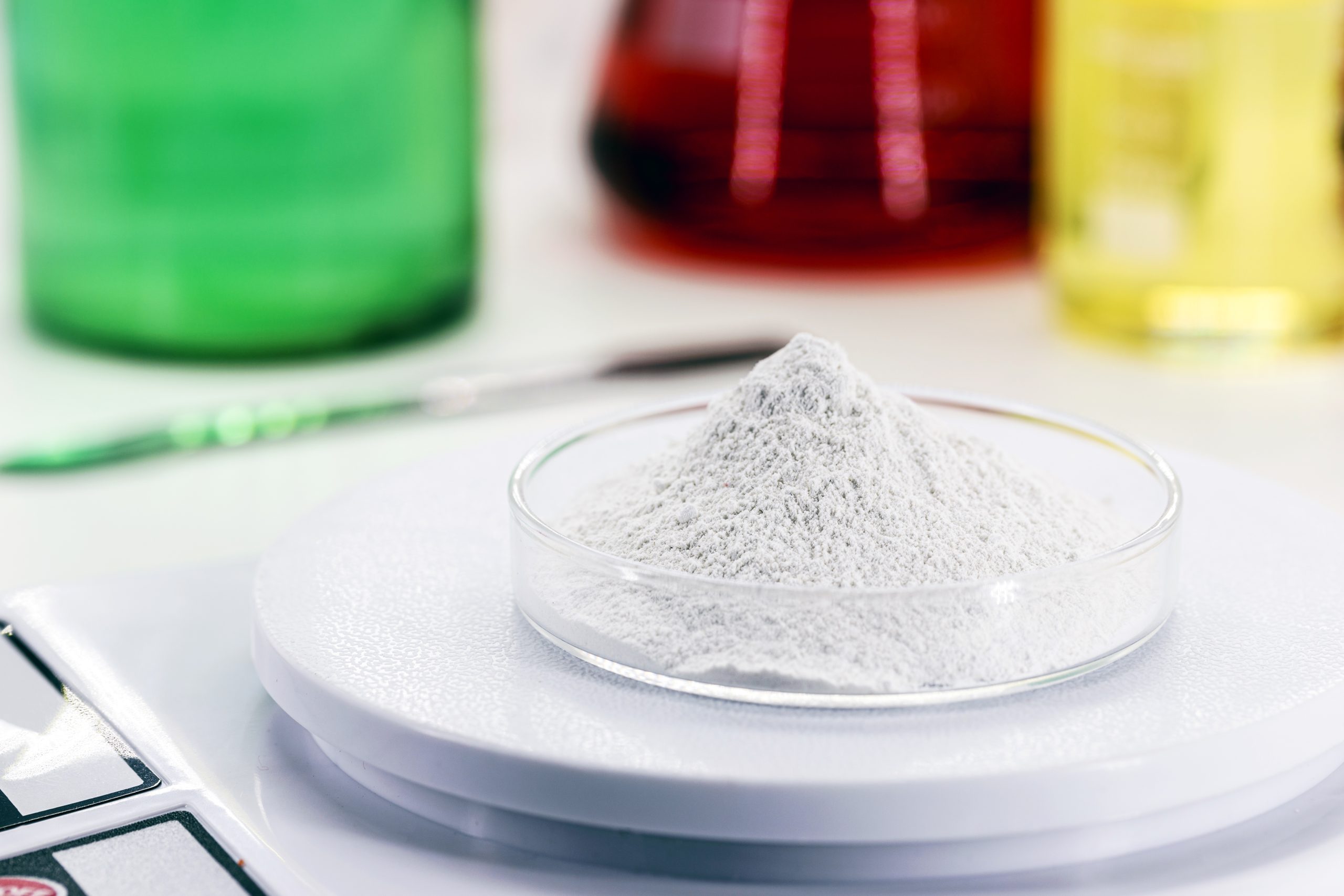
Powder analysis: do you really know your material?
Why it is important to predict how a material will behave during transport
Material scientists, manufacturers and anyone who handles and process powder know how variable they can be and how much the efficence of the process could be affected.
In our specialized, fully-equipped laboratories, we conduct complete and detailed powder analysis, including aeration test, flow analysis, segregation test, attrition test, abrasive wear test and hygroscopic test.
After our evalutations, we can predict how a material behaves during pneumatic convey, and we are allowed to specify best conveying mode (i.e, dilute or dense phase), as well as process parameters, such as gas\solid loading ratio, booster opening, size of pressure vessel.
We have to truly understand everything about particles, so we look at every property such as size distribution, particle shape, bulk density, granulometry, dustiness, abrasiveness, hardness.
Our laboratory is equipped with SZM-2 Trinocular stereozoom microscope, with a sieve shaker and with a powder rhometer to analyse dynamic properties.
After the laboratory work, your powder could be compared with our collection of samples, including more than 500 items, and a comprehensive report is given, which summerize all the procedures of tests apparatus and machinery,graph and quantification of powder dynamic behaviour, conclusions and reccomandations to achieve the right grade of fluidization.
Flow analysis
In order to accomplish a complete study, we also have to investigate dynamic properties.
In our laboratories we then measure dynamic flow features, together with shear and bulk properties of powders and granules. It is also crucial to take into account the influence of all external variables, to entirely predict the powder behaviour in the process:
- Consolidation
- Air content
- Air permeability
- Vibration
- Moisture content
Aeration properties
To evaluate powder aeration properties, we perform the following tests:
Fluidization test.
Permeability test.
Consolidation test.
Compressibility test.
Segregation test.
Then, a comprehensive report package is given, which contains
- all the procedures of tests apparatus and machinery,
- graph and quantification of powder fludization behaviour
- definition of powder permeability properties
- conclusions and reccomandations to achieve the right grade of fluidization
Pneumatic conveying
After the laboratory work, each powder behaviour could be evaluated in our pilot plant, whose characteristics are as follows:
- System type: Full-Line
- Conveying vessel model: 8TPA100
- Volume: 280 lt
- Line actual lenght: 45 mt
- Pipe line diameter: 4” (Inside diameter = 110 mm)
- Average distance between Booster: 0,75 – 1,5 – 3 m
- N° bends: 6
- Vertical stretch: 4 mt
- Horizontal stretch: 41 mt
For several years, we have carried out pneumatic conveying tests on more than 500 powders, flakes, pellets, granules and fibers; our know-how is at your service to quantify and ensure the feasibility of every project.


